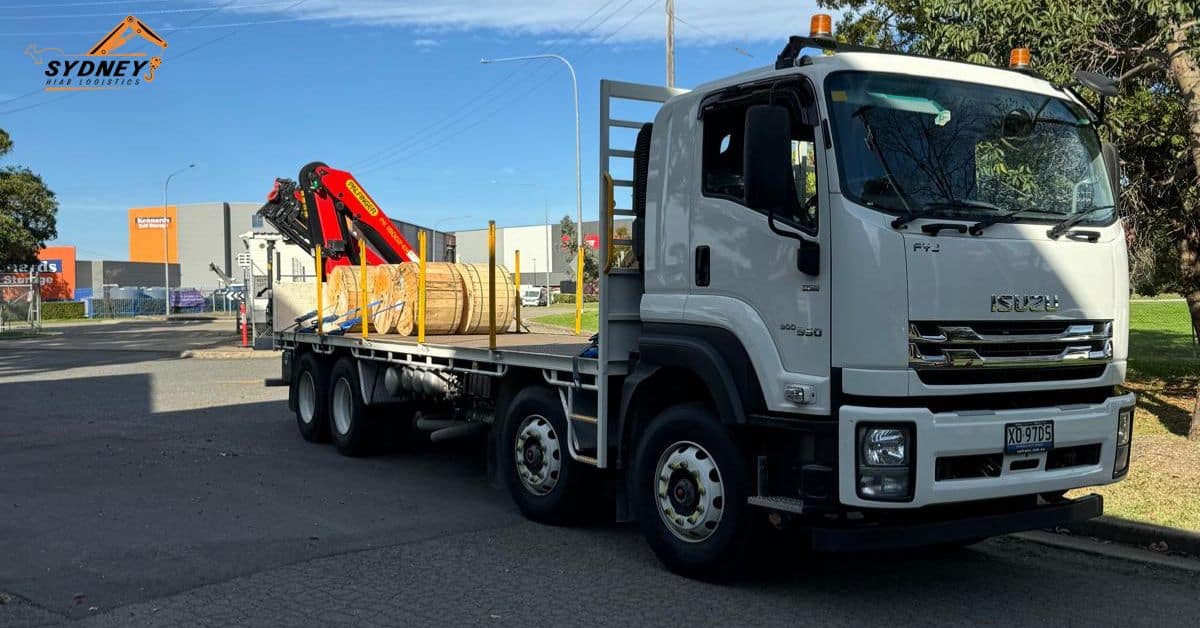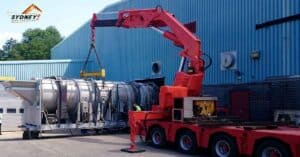Selecting the right crane size is crucial for the success of any lifting operation. Whether you’re managing a construction site, a warehouse, or any other project requiring heavy lifting, choosing the appropriate crane can significantly impact efficiency, safety, and cost. Here’s a comprehensive guide to help you make an informed decision.
1. Understand Your Lifting Requirements
i) Load Capacity: The most critical factor in crane selection is load capacity. Determine the maximum weight you need to lift. Remember that the crane must be able to handle not just the weight of the load but also any additional forces that may occur during lifting.
ii) Load Dimensions: Consider the size and shape of the load. Irregularly shaped or oversized loads may require specialised cranes or attachments to handle them safely and efficiently.
iii) Lift Height: Assess the vertical distance you need to lift the load. Different cranes have varying maximum lifting heights, so it’s essential to choose one that meets or exceeds your requirements.
iv) Radius of Operation: The crane’s reach, or radius, is the horizontal distance from the crane’s center to the point where the load will be lifted. Make sure the crane’s maximum radius can accommodate your lifting needs.
2. Evaluate Site Conditions
i) Space Constraints: The physical space available at the job site will influence your crane choice. Some cranes, like tower cranes, are suitable for confined areas, while others, such as crawler cranes, require more space to operate efficiently.
ii) Ground Conditions: The type of terrain can impact crane performance. For soft or uneven ground, you may need a crane with a wider base or one that can distribute weight more evenly.
iii) Access and Maneuverability: Consider how easily the crane can access the site and maneuver around it. For tight spaces, compact cranes or those with high maneuverability might be necessary.
3. Select the Right Crane Type
i) Mobile Cranes: These include truck-mounted cranes, all-terrain cranes, and rough terrain cranes. They offer versatility and can be easily moved from one site to another. They are ideal for sites with space constraints and varying conditions.
ii) Tower Cranes: Tower cranes are suitable for tall buildings and projects requiring high lifting heights. They are fixed in one place but provide a great range and height, making them ideal for construction projects with significant vertical demands.
iii) Crawler Cranes: Equipped with tracks instead of wheels, crawler cranes offer stability and can operate on soft or uneven ground. They are perfect for heavy lifting and large construction projects.
iv) Overhead Cranes: Also known as bridge cranes, these are used in industrial settings like warehouses or factories where lifting needs to be confined to a specific area. They move along tracks fixed to the building structure.
4. Consider Additional Features and Attachments
i) Boom Length: Cranes come with various boom lengths. Ensure that the crane’s boom can reach the necessary height and radius for your project.
ii) Jib Extensions: For additional reach, some cranes can be fitted with jib extensions. This can be particularly useful if you need to lift loads over obstacles or reach further distances.
iii) Lifting Accessories: Depending on the load, you might need specific accessories such as slings, hooks, or spreader bars. Make sure the crane and its attachments are compatible with your lifting needs.
5. Review Safety and Compliance
i) Regulations and Standards: Ensure that the crane you select meets local regulations and safety standards. Compliance with these regulations is essential for the safety of your operation and the protection of your workforce.
ii) Operator Training: The crane operator should be well-trained and experienced in handling the specific type of crane you choose. Proper training can prevent accidents and ensure efficient operation.
6. Consult with Experts
If you’re unsure about any aspect of crane selection, consult with crane rental companies or industry experts. They can provide valuable insights based on your project’s specifics and help you make the best choice.
7. Plan for Logistics
i) Delivery and Setup: Factor in the time and logistics required for delivering and setting up the crane. Some cranes require more extensive setup processes, which can impact your project timeline.
ii) Maintenance and Inspection: Regular maintenance and inspection are crucial for crane safety and performance. Ensure that the crane you choose is well-maintained and has a good service history.
Conclusion
Choosing the right crane size involves a careful assessment of your lifting needs, site conditions, and the crane’s capabilities. By considering load capacity, height, radius, and other factors, you can select a crane that enhances efficiency, safety, and overall project success. When in doubt, don’t hesitate to seek expert advice to ensure you make the best decision for your lifting operations.



